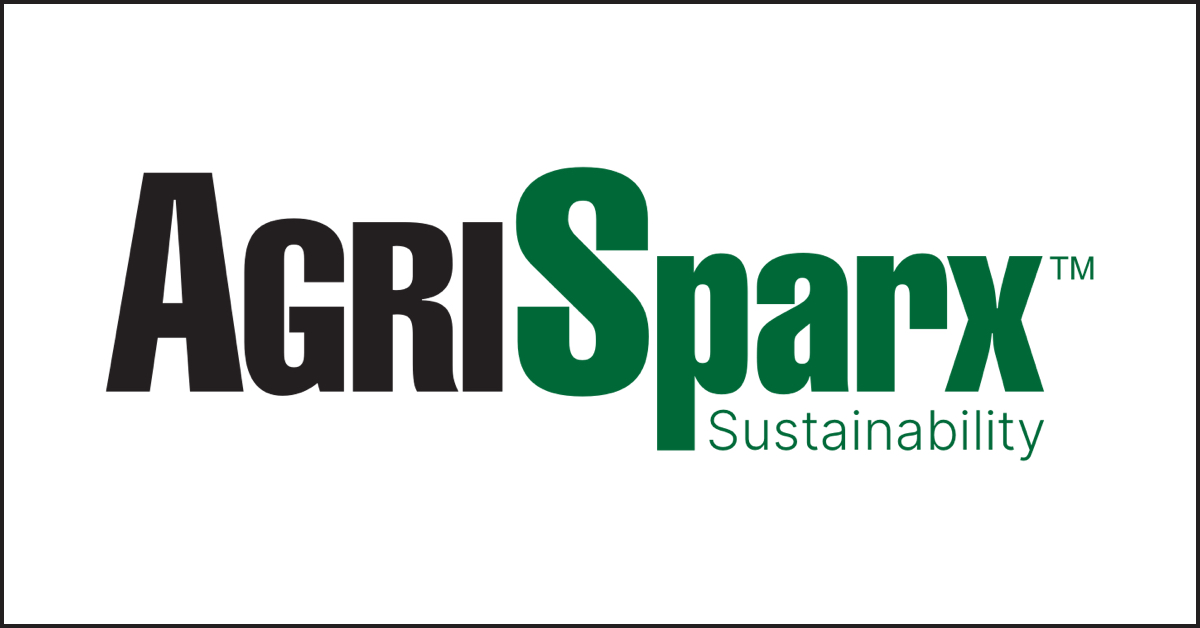Demand continues to grow for target-specific foliar-applied technologies across the globe. As the targeting gets more specific, the planning becomes more essential. Much of the basic information must be determined in the lab and greenhouse before determining the best formulation and application.
In the past three years alone, AgriThority® has worked with companies developing 98 foliar-applied biological and synthetic chemistry products. The products range from adjuvants, herbicides, fertilizers, fungicides, insecticides, and growth regulators to biologicals including biofungicides, bioinsecticides and biostimulants.
Through our development experience, we recommend these 10 considerations for foliar-applied products.
-
-
- Formulation: Depending on the class of chemical, foliar application requires many considerations affected by formulation. These range from coverage or uptake, uniformity, spraying ease, nozzle calibration, timing and temperature.
- Rates of Application: Defining best uses for performance and delivery in variable rate technology is essential. Rates must be defined in terms of target pest, target size, development stage of the target organism as well as size and canopy density of the crop. Any of these variables can change the effective use rate of a product.
- Phytotoxicity: Does the product hurt the crop? Do any specific environmental conditions cause damage to the plant when applying the product? Or, can any improper applications cause damage to the crop? Ultimately, the technology won’t become widely adopted if it controls the pest but can cause damage to the crops in the process.
- Compatibility with tank mixes: Less trips over the field save time, money and precious fuel. Tank mixing continues to grow in popularity as biologicals continue to supplement the use of conventional chemistry. Growers continually look for ways to make less passes. With the additional tank-mix options, certain components can unexpectedly break down active ingredients. It’s important to consider every angle of tank mixes with foliar-applied technology to ensure both physical and chemical compatibility. Some compounds might not break down the active ingredient but may be antagonistic.
- Water: Consider how much water is needed, how much is feasible to apply, and what is the quality of the water supply. Everything down to the pH level of the water can affect the performance of a foliar-applied product.
- Spray volume: Balancing the drift issues and performance is the main concern with spray volume. How does the product perform best? What is the concentration? What nozzles and pressure will deliver the right amounts?
- Absorption: Chemical runoff gets a lot of headlines today, so it’s important to know how much of the product is absorbed in the leaves versus what runs off as waste or potentially into the water supply.
- Technical Education: Foliar sprays require more technical application direction and expertise. Are residues harmful to workers? Based on specific data, consider re-entry restrictions. How are those timelines calculated and communicated?
- Resistance: Pest resistance has become a major issue facing many conventional chemistries, which is driving demand for new technologies. Thinking through potential issues and making specific recommendations ahead of time can reduce or delay resistance. Being proactive on resistance management will extend product life for many years.
- Measurement and Monitoring: Precision agriculture relies on results that are well established with proven data in the variable conditions on the farm.
-
Reach out to AgriThority to help evaluate development needs to maximize potential uses of your technologies or to help accelerate a foliar-applied product toward commercialization.
When your agricultural technology is moving from Research into Development or into new markets, AgriThority has the technical expertise to supplement or expand your internal capabilities for scientific business, market and product expertise.
With internationally recognized leaders connected to more than 300 local specialists in a worldwide network, we bring deep experience testing more than 170 new technologies across 1500+ field trial locations for 180+ multi-national, mid-size and start-up companies.
Wherever you want to explore, we are your native guides.



